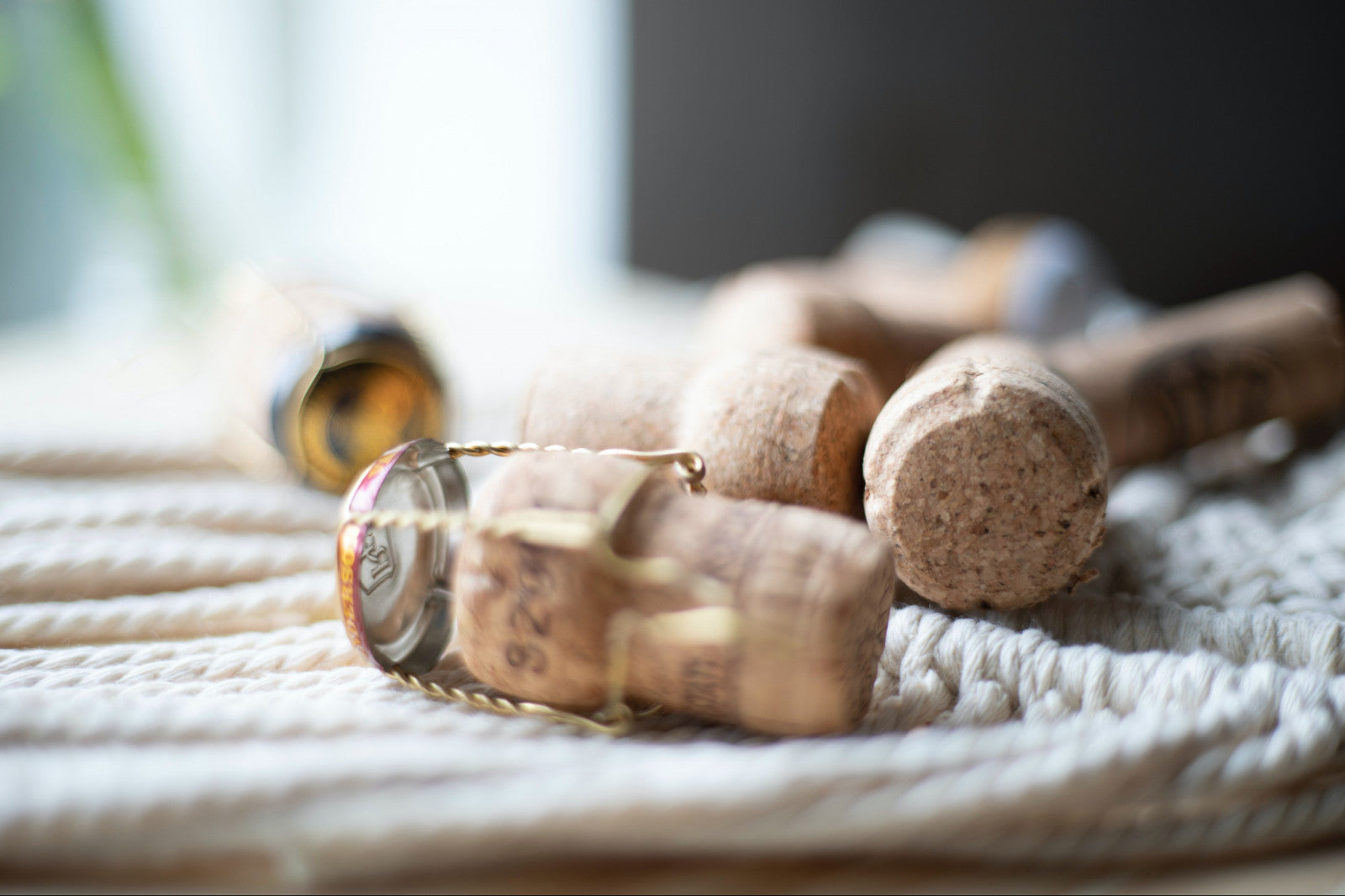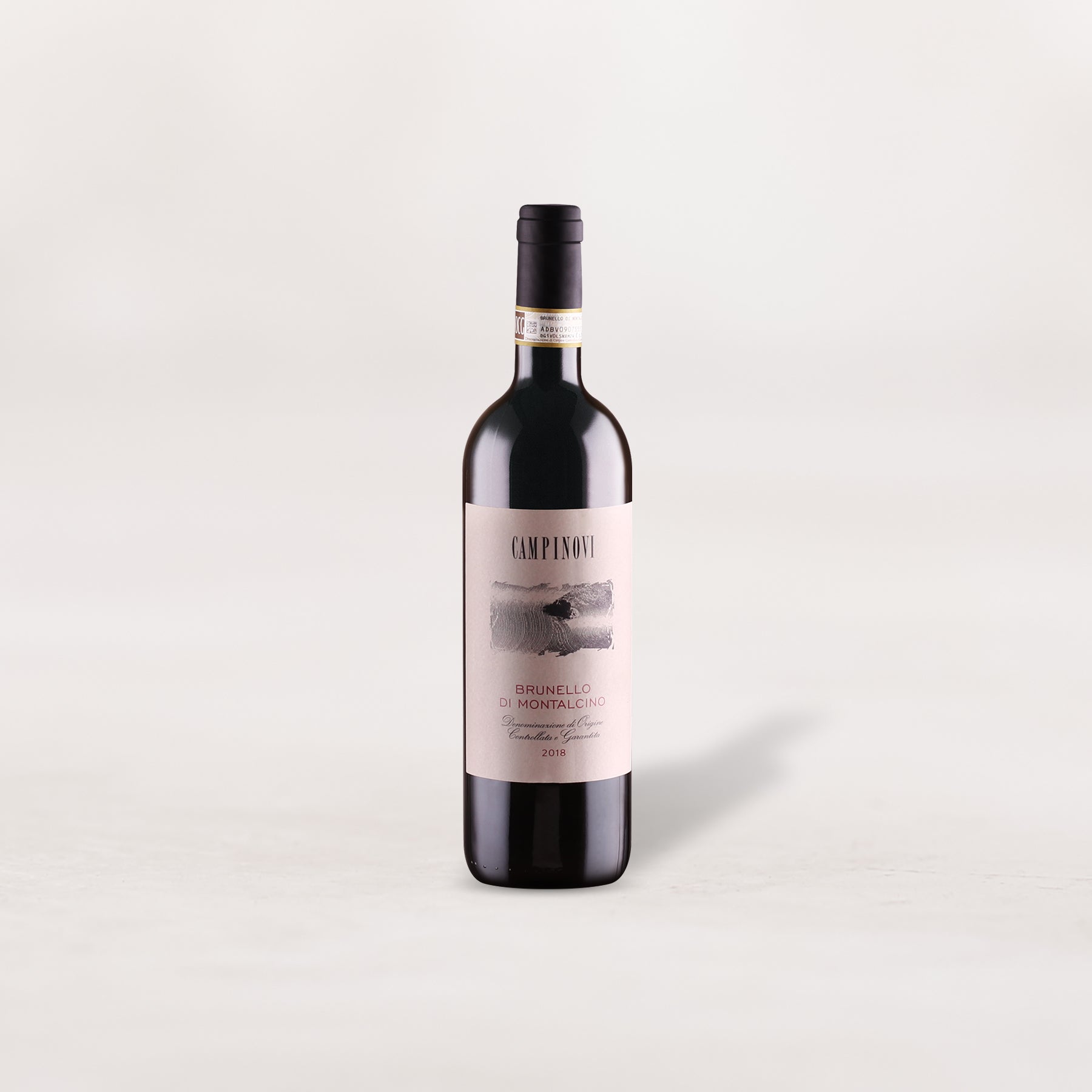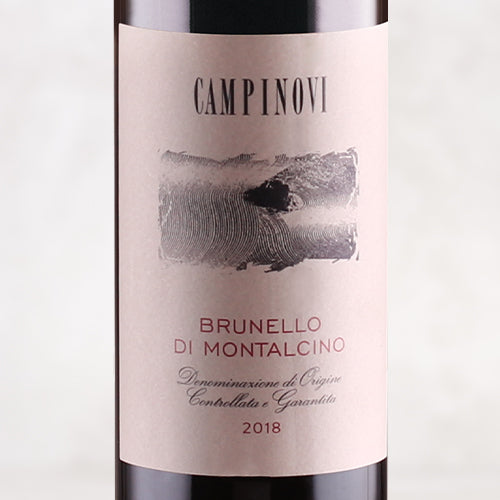A Brief (Troubled) History of Champagne
SommSelect’s Daily Offers Manager (and Champagne Specialist) breaks it down.
For many people, the very mention of Champagne triggers a slight uptick of swank or raise of the nose, and why not—high entry-level prices and close ties with royalty and celebration throw it directly into the spotlight (one it hasn’t shied away from). Its history, however, is anything but glamorous. If there are any commonalities throughout Champagne’s shambolic past, it’s grapes and warfare, and while entire books have been written on this subject (I recommend Wine and War), I’ll make this as brief as possible. Let’s dive in:
The first vines were planted by the Romans nearly two millennia ago and, after the Empire’s dramatic fall from grace, copious amounts of bloodshed followed. Hundreds of thousands of souls were lost warding off Attila the Hun in the 5th century; Epernay was pillaged dozens of times during this “free-for-all” in the Dark Ages. After the Franks settled down, Champagne saw a brief moment of respite until power struggles between Charlemagne's three grandsons sparked a number of erratic skirmishes in the 800s.
The second millennium saw the coronation of Louis VIII at the Cathedral of Reims. Every successive king for the next 600 years was crowned here, hence why Champagne is synonymous with royalty. Fast forwarding through the agonizing Hundred Years War (where Champagne was the main battleground and casualties were in the millions) puts us at a place in the timeline where we can actually talk about wine.
Enter Dom Pérignon: the man, the myth, the legend. Frequently labeled as the creator of sparkling wine, he was just about anything but. Old notes from his Benedectine monastery provide no evidence that he ever attempted to make wine sparkle—rather, he deliberately avoided it. Actually, the region as a whole was behind the curve when it came to the creation of sparkling wine: monks in Limoux, Languedoc were doing so at least 150 years prior to Champagne’s vignerons (you won’t see the Champenois advertising this).
Over the next 200 years, more wars were fought, the great Champagne houses we know today were founded (Ruinart being the first), stronger glass was invented, a legitimate sugar dosing formula was created, and yeast was linked to fermentation via Louis Pasteur. Leading up to these discoveries, crafting sparkling wine was essentially a shot in the dark. Bottles exploded (nearly one in five), fermentation was sporadic, and sediment clouded the wine; it was essentially a game of roulette. And whatever bottles made it through unscathed were mostly syrupy sweet Champagnes—it wasn’t until the late 1800s when styles started trending drier.
After withstanding the decade-long Napoleonic Wars at the start of the 19th century, things started looking up for the Champenois: the number of big houses increased tenfold, the arrival of electricity jump-started production, organizations and regulations were formed, and then… a tiny root louse called phylloxera invaded, destroying 120,000 acres of vines in Champagne. This was further compounded by political tension and the assassination of Archduke Franz Ferdinand, which sparked the onset of World War I. This gridlocked, blood-soaked slog was fought in the ditches, most notably The Battle of the Marne, where, after four years of trench warfare, no side advanced further than a single football field. The result? Untold lives were lost, vineyards were ruined, and towns were leveled—with Reims taking the brunt of the damage. With nearly 14,000 houses before The Great War, only 17 were left undamaged when the Treaty of Versailles was signed.

Despite the carnage, the Champenois’ true grit (or stubbornness) prevailed and they went back to work rebuilding and replanting, but, just as Champagne was turning a corner, The Great Depression knocked them back. Despite this, the Grandes Marques were able to survive and, oddly enough, it was during this time when the first prestige champagne was introduced—the endlessly marketed Dom Pérignon. The small growers, however, did not fare well. Unable to find buyers for their grapes, their numbers were slashed from 25,000 to 13,000. While the remaining growers were scurrying around trying to find contracts, they began toying with the idea of producing their own sparkling wine. This sparked a surge of grower-producers (noted by RM on a label) and cooperatives (noted by CM on a label) that produced affordable versions rebranded as a beverage for all people, not just royalty.
I’m sure you see the trend of Champagne by now—a silver lining emerges after a tragic event, only to be trumped by something worse. Well, the trend continues. After the Great Depression tapered off in 1939, the world began its second war of nations. At this point, Champagne was a revered brand and its preservation was vital. Winston Churchill, who was enamored by Pol Roger Champagne (reportedly drinking thousands of bottles in his lifetime), also realized its importance and was credited saying: “Remember, gentlemen, it’s not just France we are fighting for, it’s Champagne!” And the Champenois did indeed fight for their wine. Unlike the first World War, most vineyards were spared, but this time around Champagne’s proverbial door was kicked in by German jackboots. For Veuve Clicquot, it was quite literal—Weinführer Otto Klaebisch set up Germany’s “Wine Headquarters” in their very house.
While occupying Champagne, The Third Reich’s strategy was to buy Champagne cheaply (they set the prices themselves) and then sell it on international markets, but the savviest Champenois did everything imaginable to deceive and delay them. They even began stowing their finest wines behind secret walls and hidden crannies in their cellars. After Germany’s defeat, they vacated the region and reconstruction began once more, now with a limited and deeply stunted working population. Despite this, what followed was an unprecedented growth of production and quality thanks to mechanization.
Champagne’s history has been riddled with unending death, destruction, and blight, but I’m happy to announce they’ve been conflict-free for over 75 years. So, the next time you pick up a glass of Champagne, give it a moment’s reflection: these vineyards, and the families tending them, have endured many centuries of hardship. If you listen closely, you’ll find some bottles whisper tales of ages past and reveal an inimitable sense of place—or at the very least, the juvenile delight of bubbles prickling your nose.








